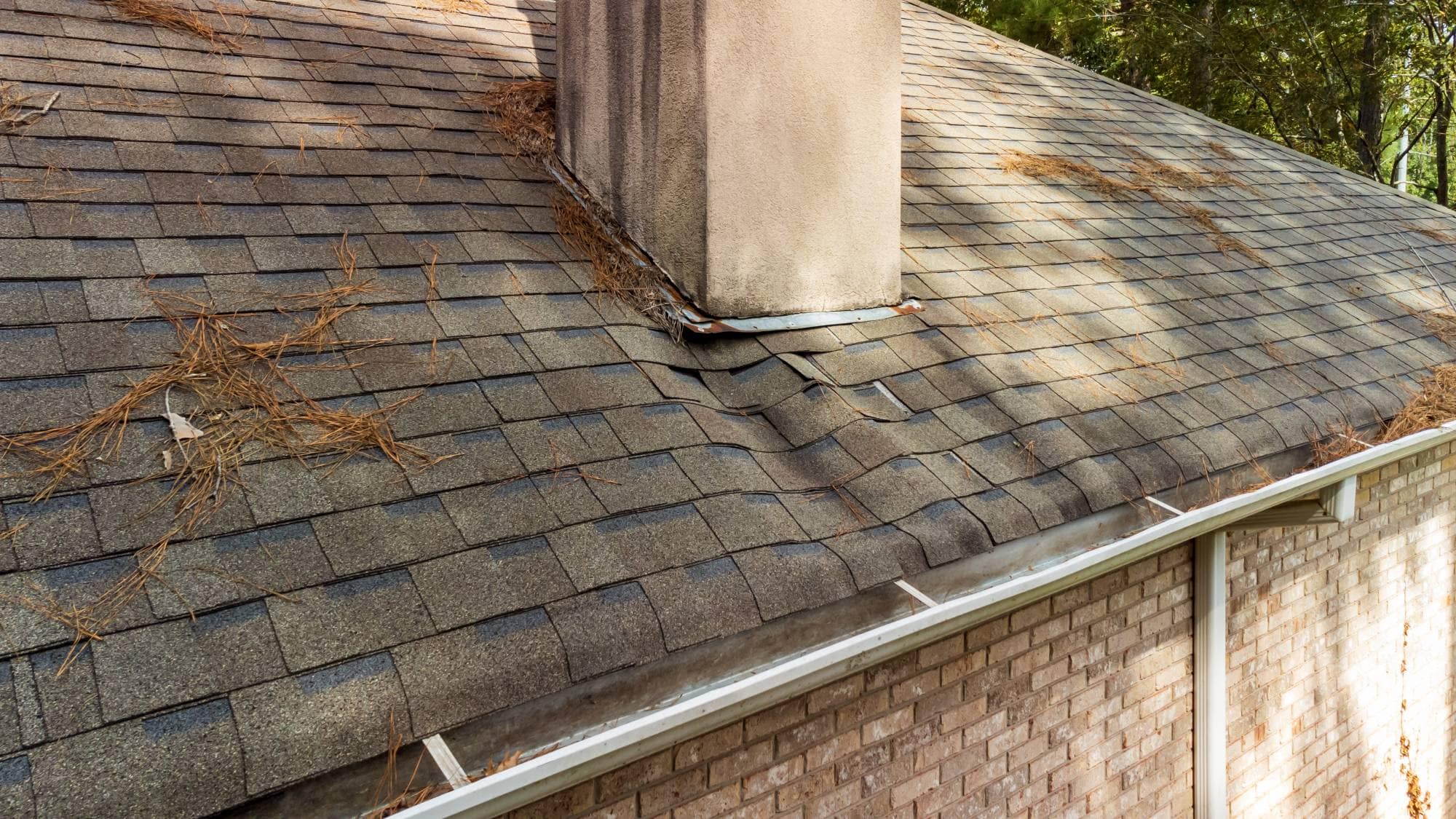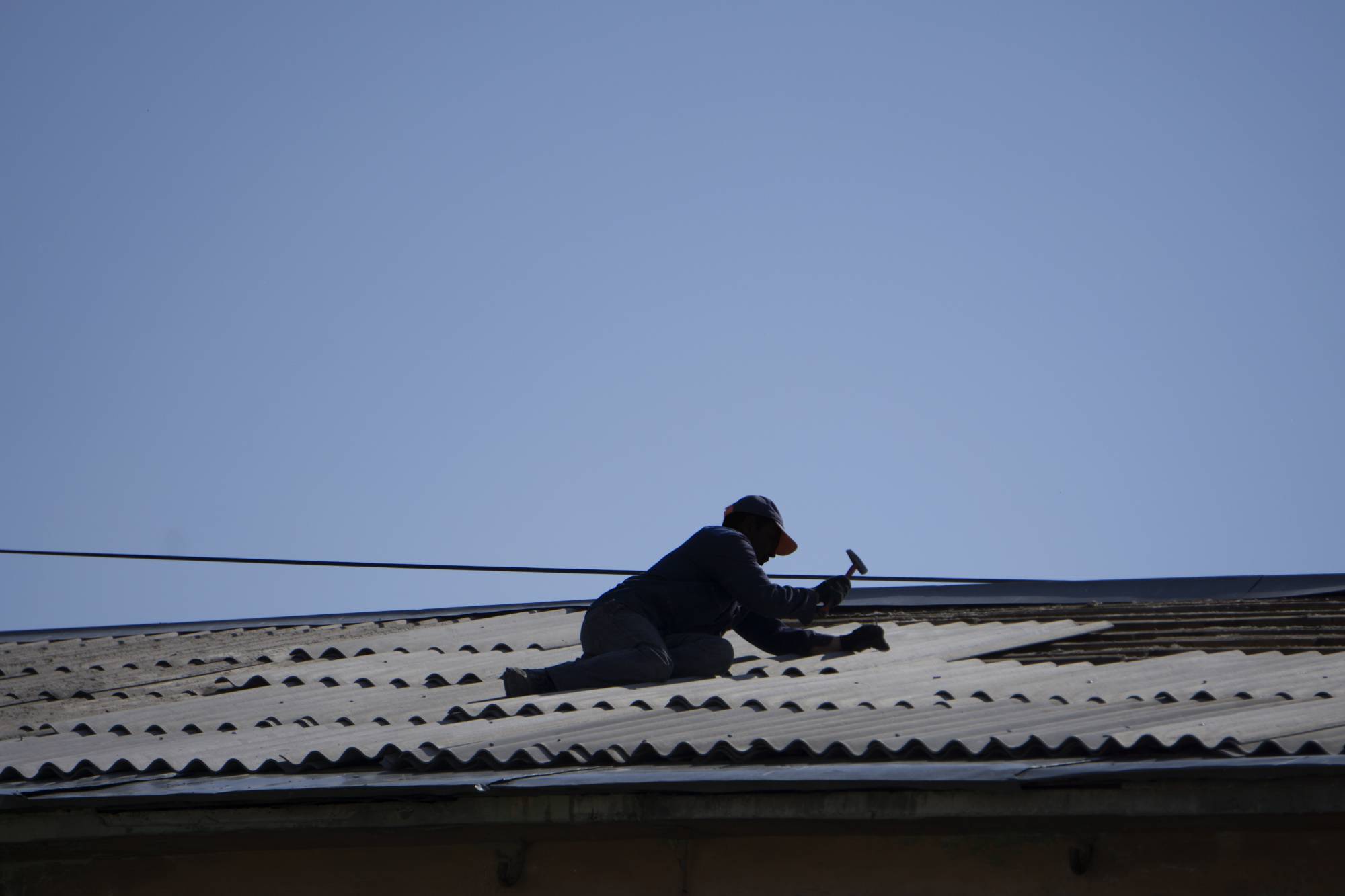Your chimney leak won’t fix itself, and every rainstorm makes it worse. We find the source fast and seal it right the first time.

Hear from Our Customers

Water stains on your walls tell a story you don’t want to hear. Your chimney is letting moisture in, and that water is working its way through your home’s structure every time it rains.
We stop that story in its tracks. When we’re done, your walls stay dry, your fireplace works safely, and you can actually enjoy a storm instead of worrying about what damage it’s causing.
No more buckets in the living room. No more wondering if that stain is getting bigger. Just a properly sealed chimney that does its job—keeping the weather outside where it belongs.
Above and Beyond Chimney has been solving leak problems across Providence County for years. We understand how Rhode Island’s coastal moisture affects chimney systems differently than inland areas.
Your neighbors in Reservoir deal with the same weather patterns, the same freeze-thaw cycles, and the same challenges that come with older homes built in the 1960s. We’ve seen it all, from simple flashing repairs to complete crown rebuilds.
We’re not the company that shows up, takes a quick look, and gives you a huge estimate. We take time to explain what’s actually wrong, what needs fixing now, and what can wait. That’s how we’ve built our reputation here.

First, we inspect your entire chimney system—not just where you see water. Leaks often start in one place and show up somewhere completely different. We check your fireplace flashing, crown, cap, and mortar joints to find every entry point.
Next, we explain exactly what we found and why water is getting in. You’ll see photos of the problem areas and understand what needs to happen to fix them permanently.
Then we get to work. We might reseal flashing around the chimney base, repair a cracked crown, install a new chimney cap to stop leaking, or replace deteriorated mortar. Whatever it takes to create a watertight seal that will hold up against Rhode Island weather.

Ready to get started?
Every leak repair includes a complete inspection of your chimney system. We don’t just patch the obvious problem—we make sure there aren’t other issues waiting to surprise you next month.
In Providence County, we see the same patterns over and over. Fireplace flashing fails where it meets the roofline. Crowns crack from freeze-thaw cycles. Chimney caps go missing in storms, leaving your flue wide open to rain. We know what to look for and how to fix it right.
You get detailed photos of all problem areas, clear explanations of what needs repair, and honest recommendations about what’s urgent versus what can wait. We protect your home during the work with drop cloths and HEPA-filtered equipment, then clean up completely when we’re done. Most importantly, you get a chimney that actually keeps water out.

Local Resources